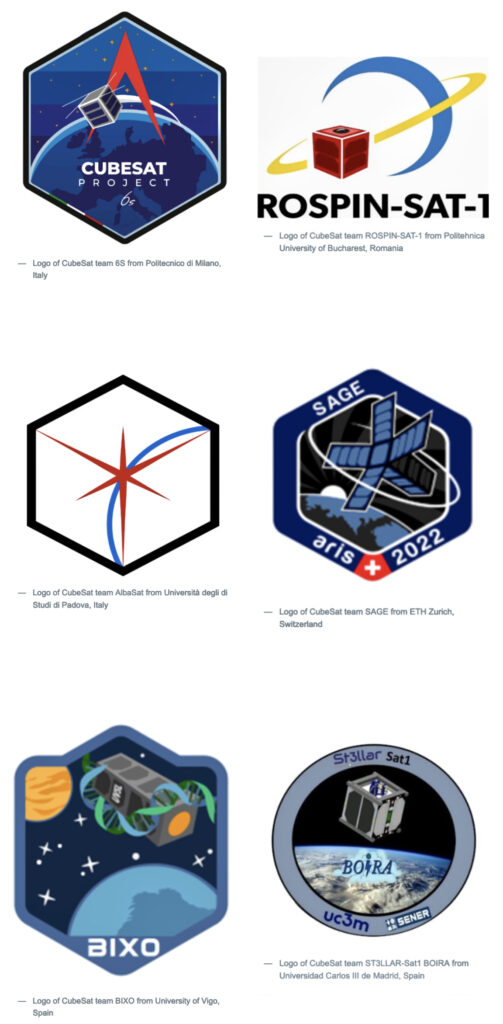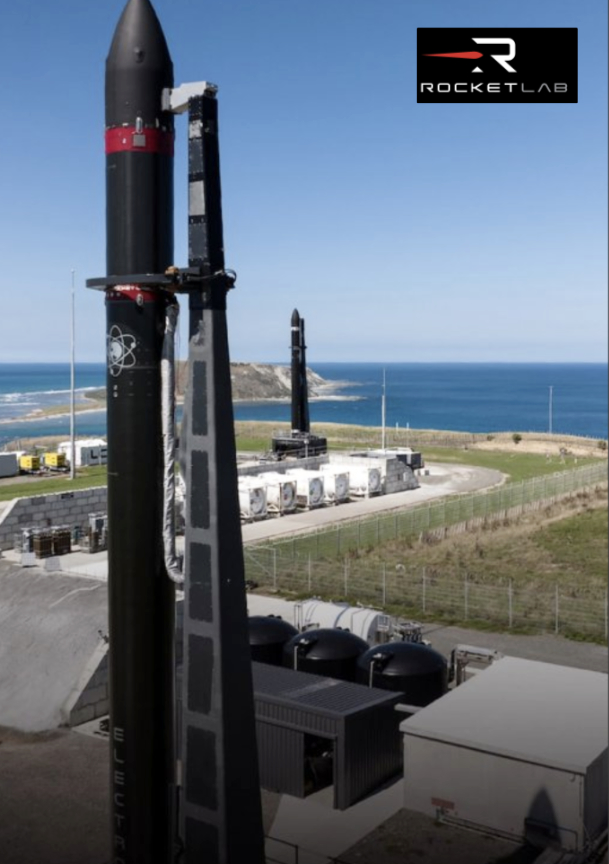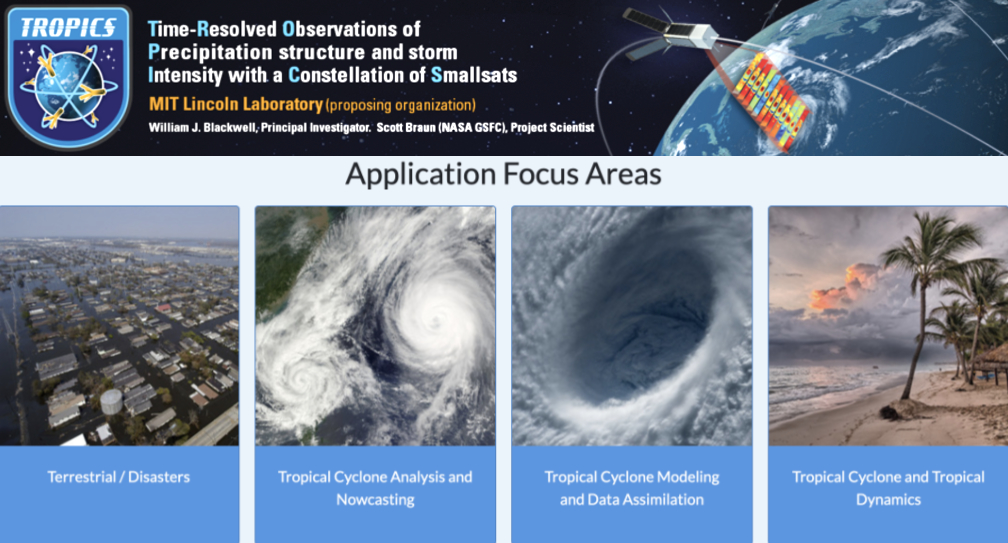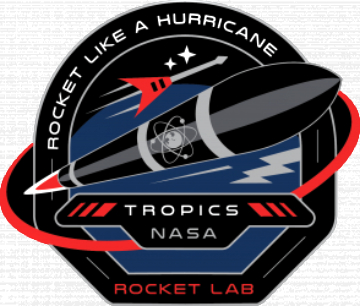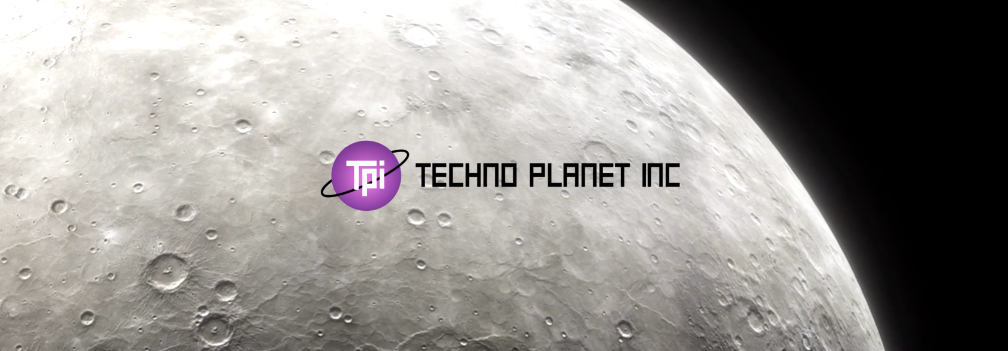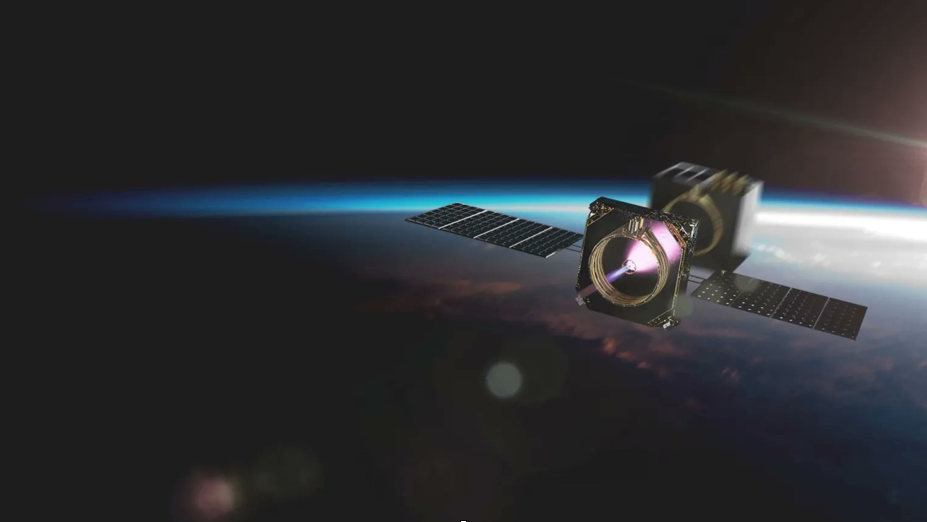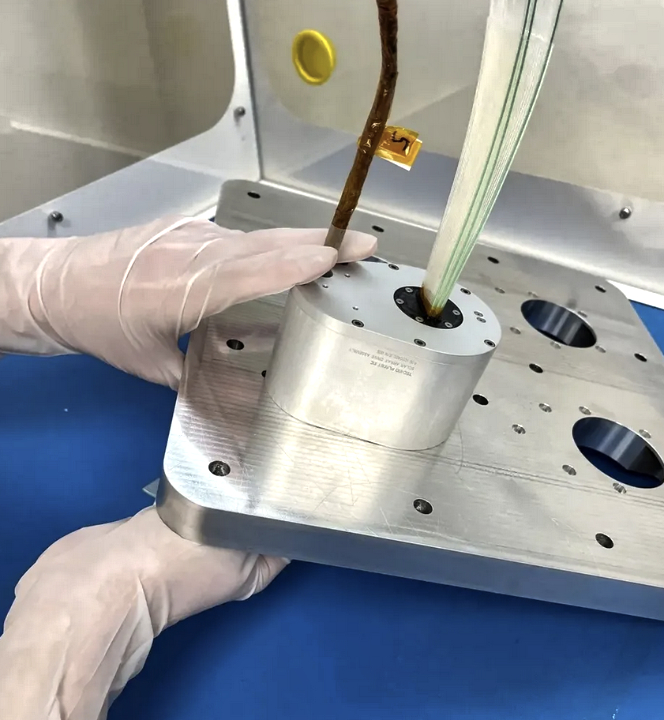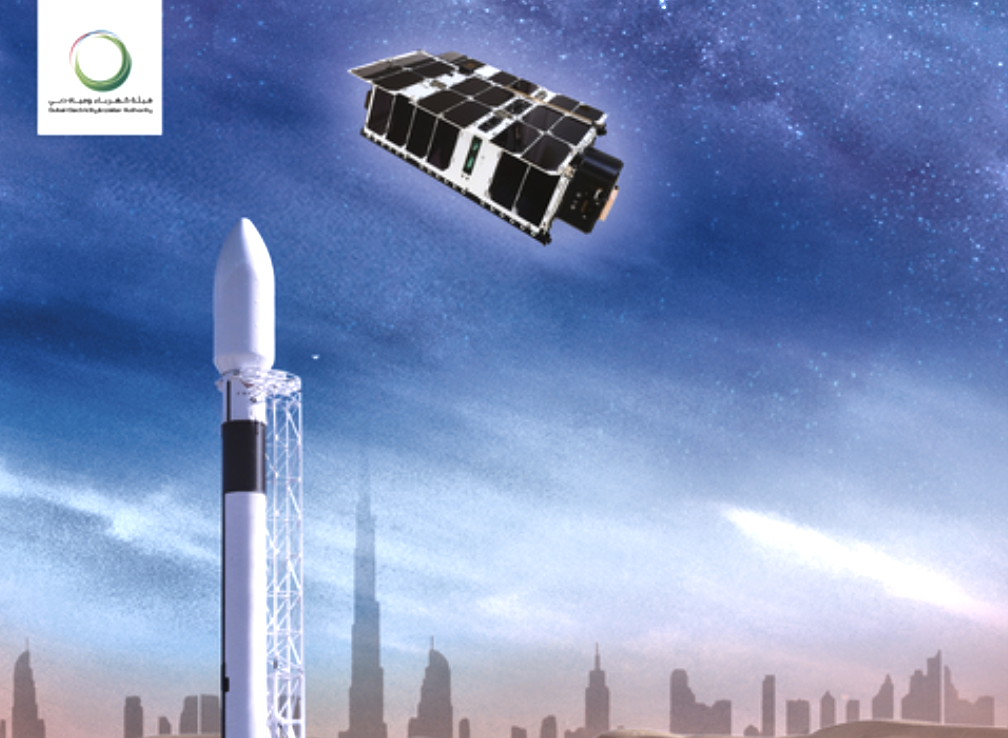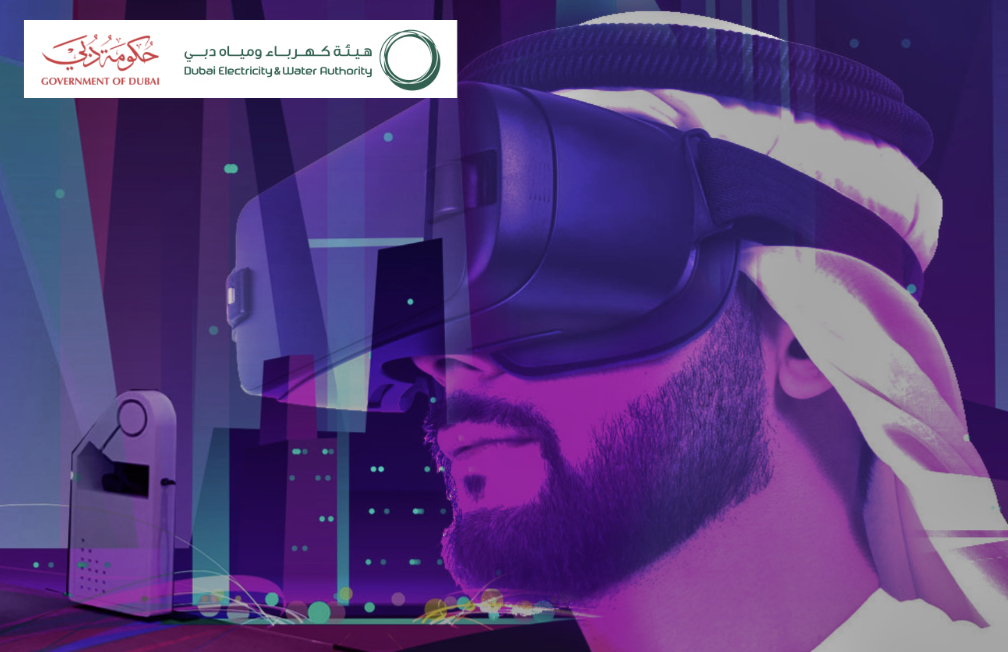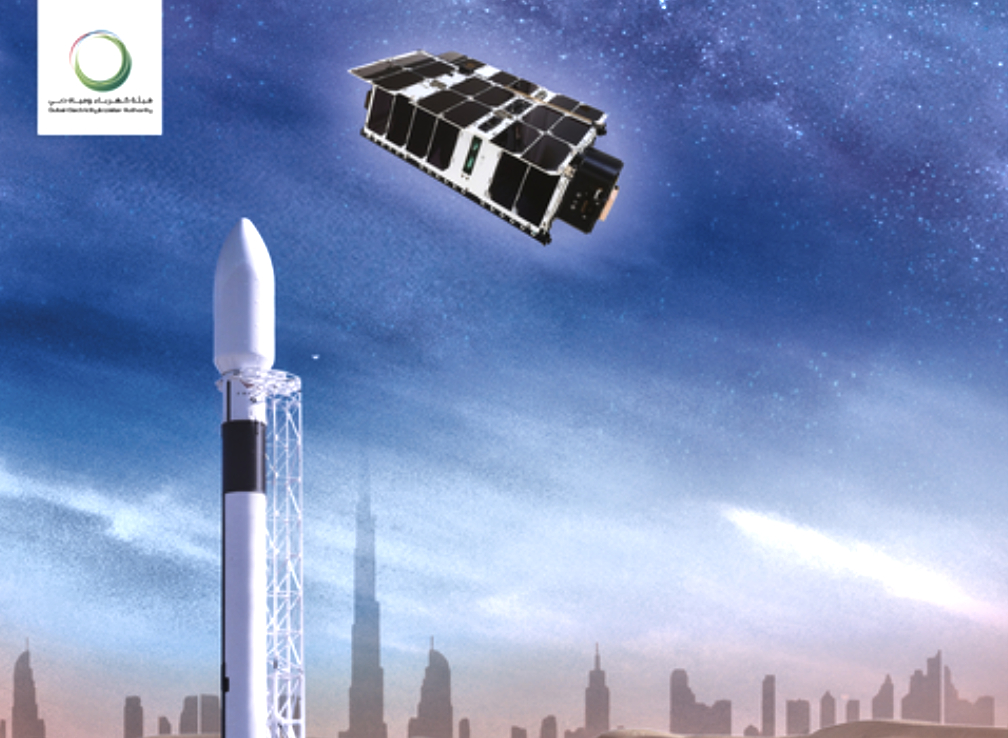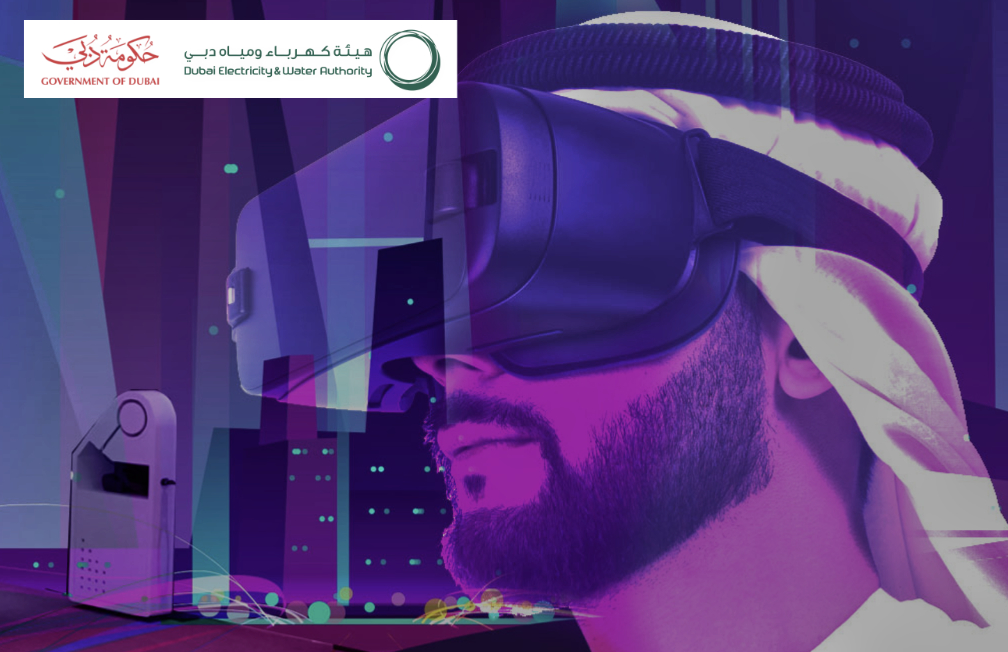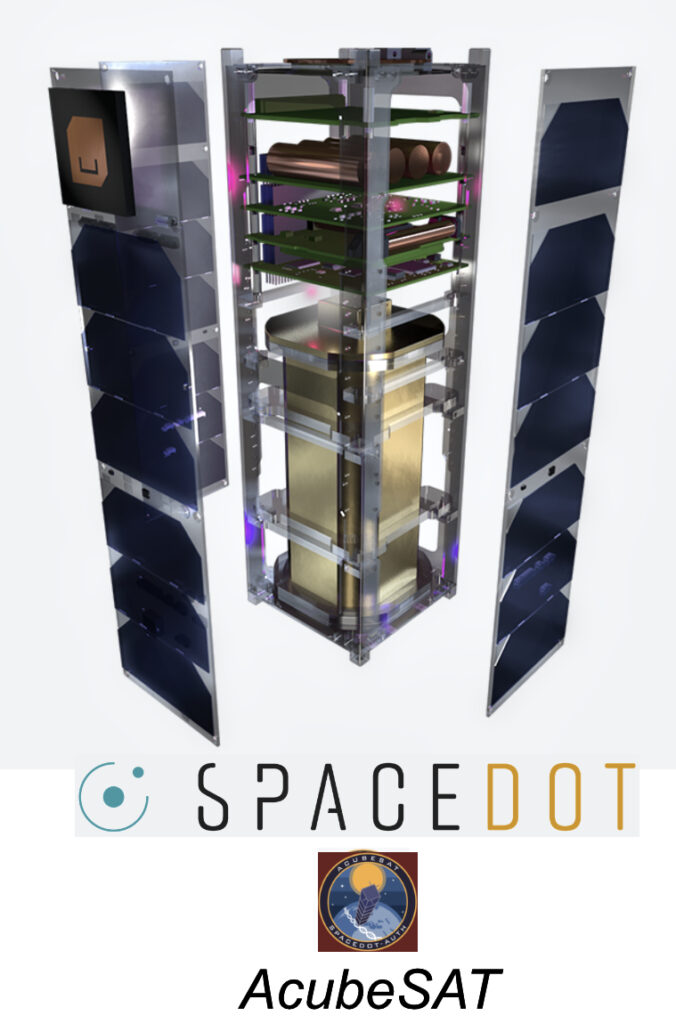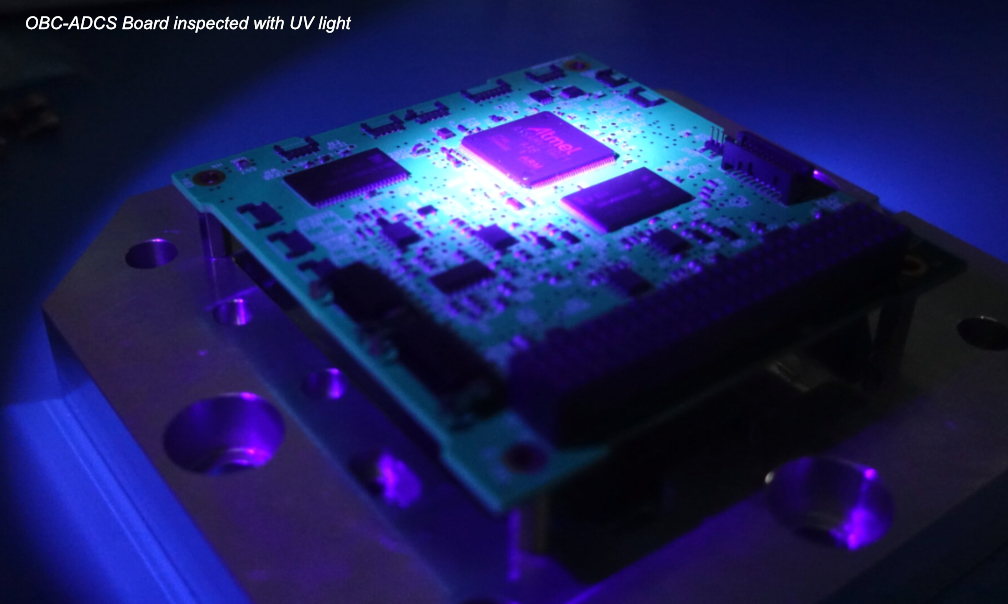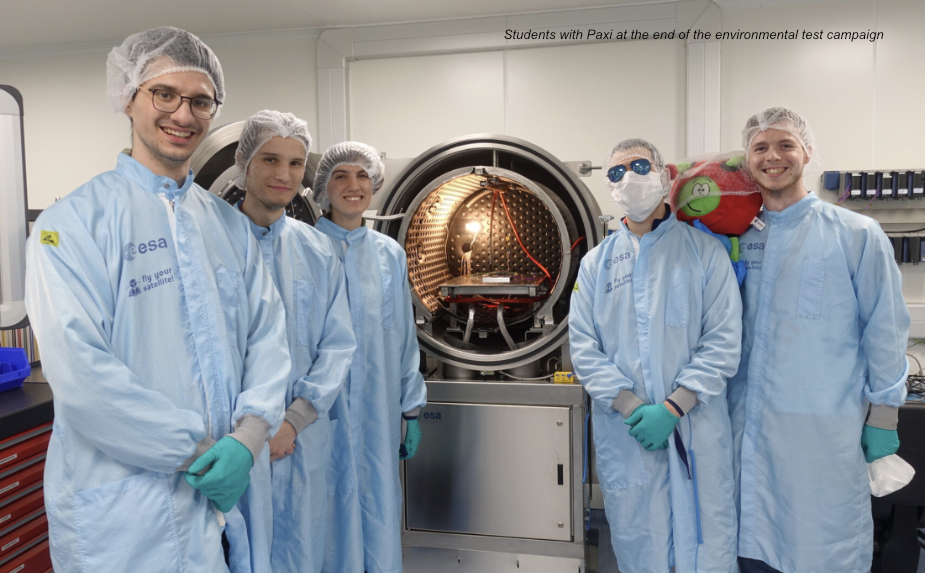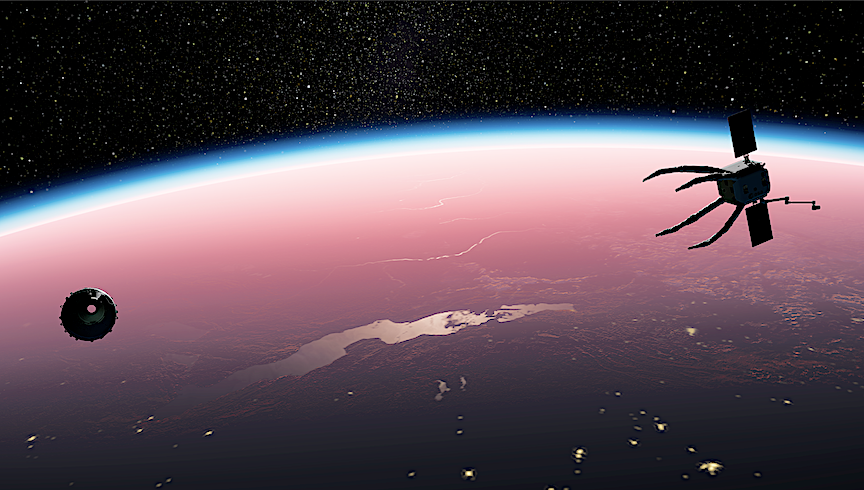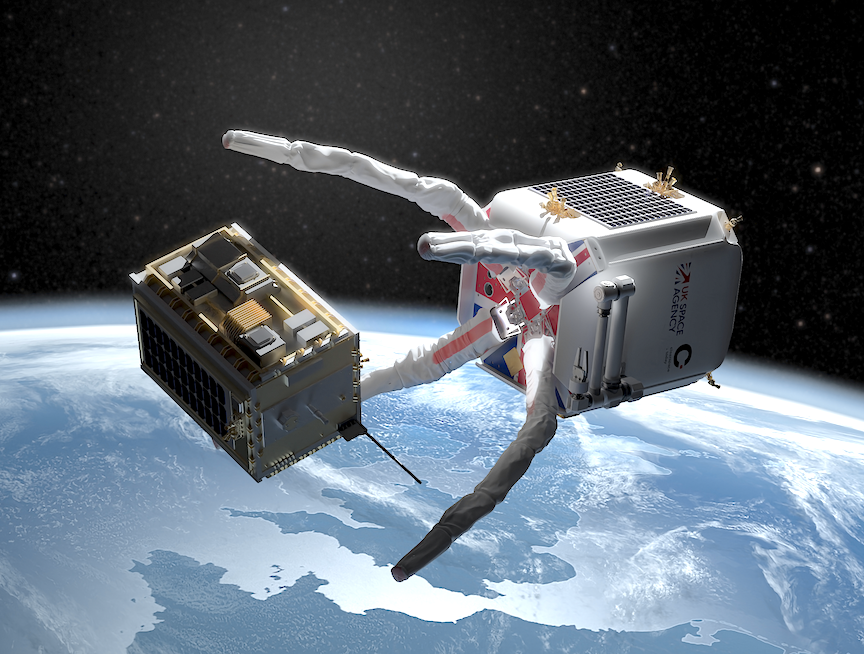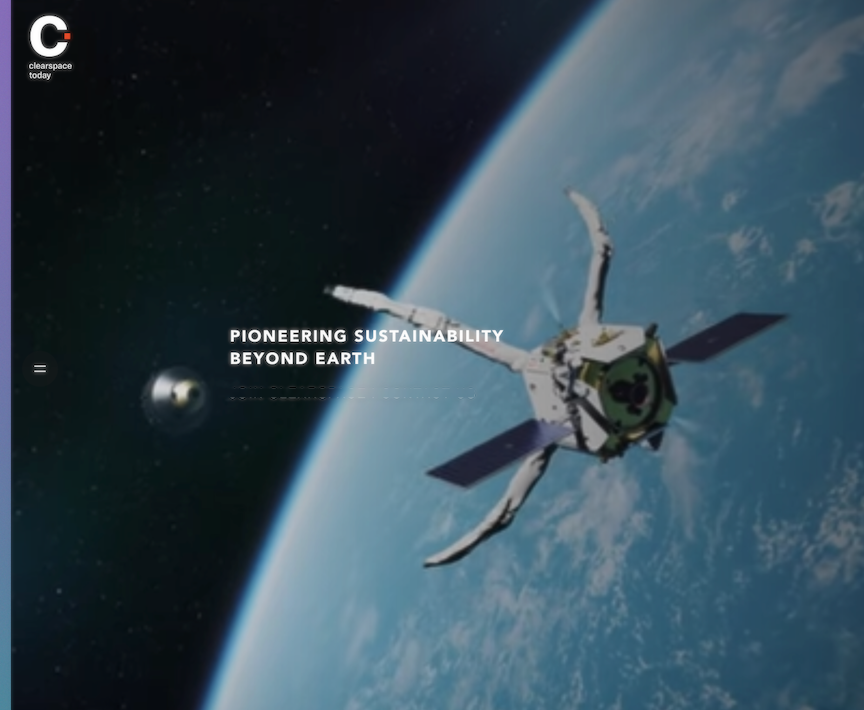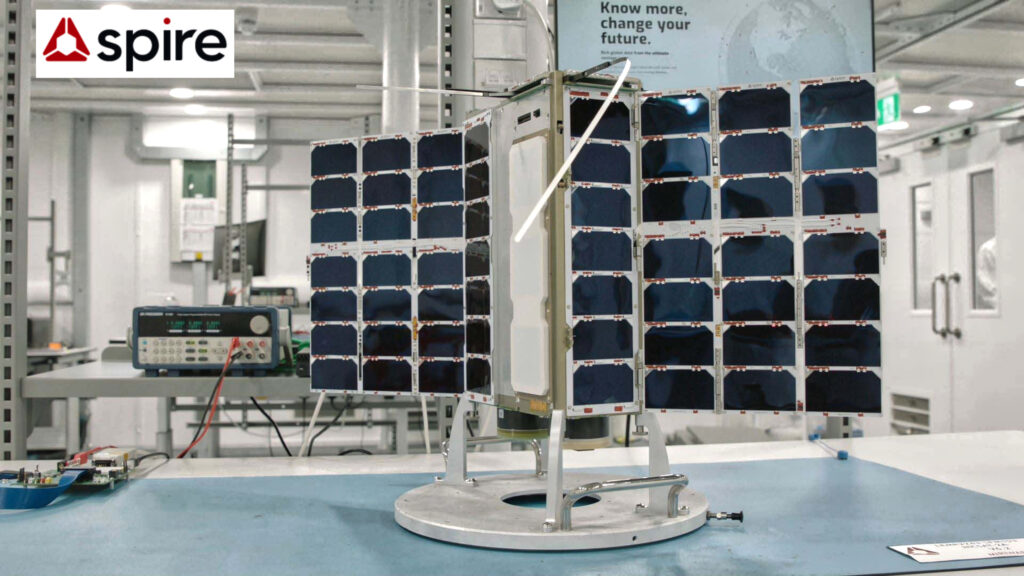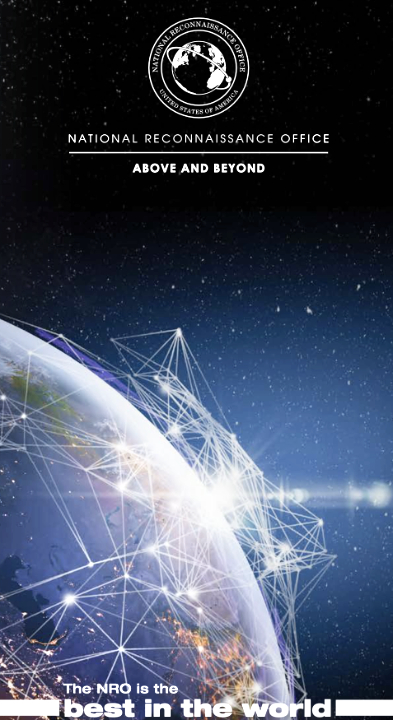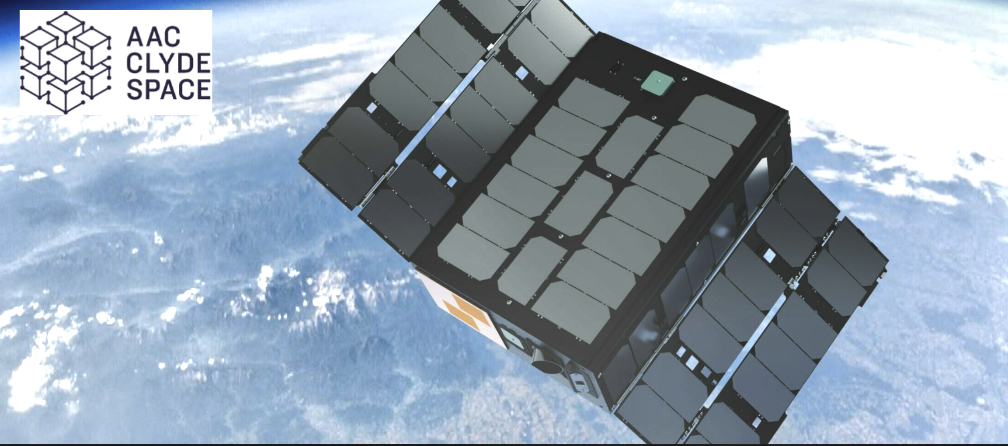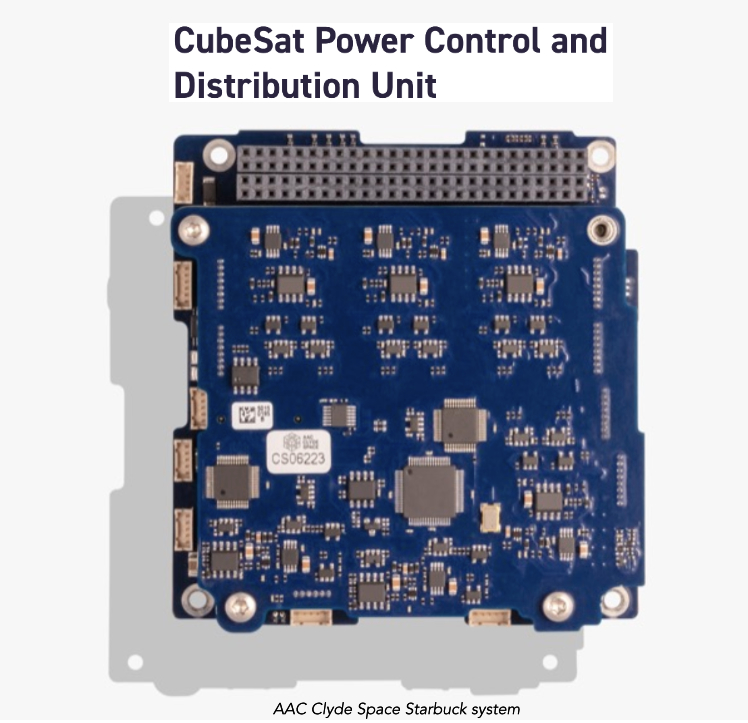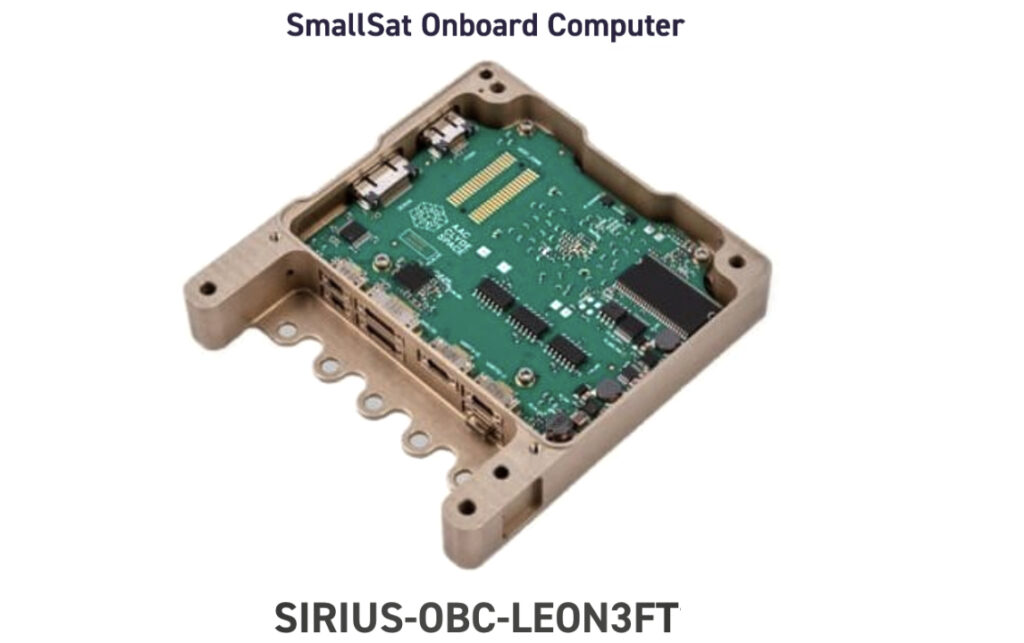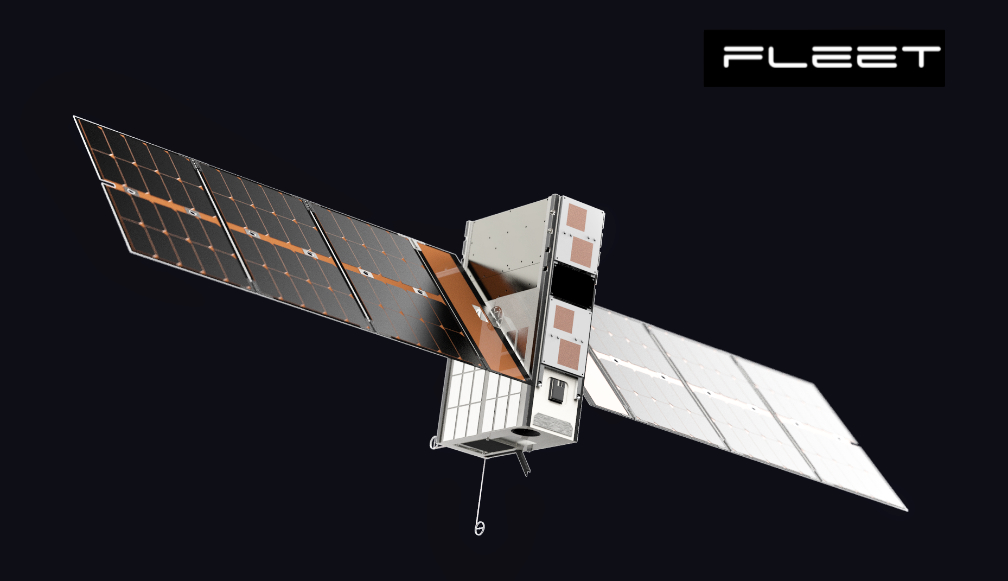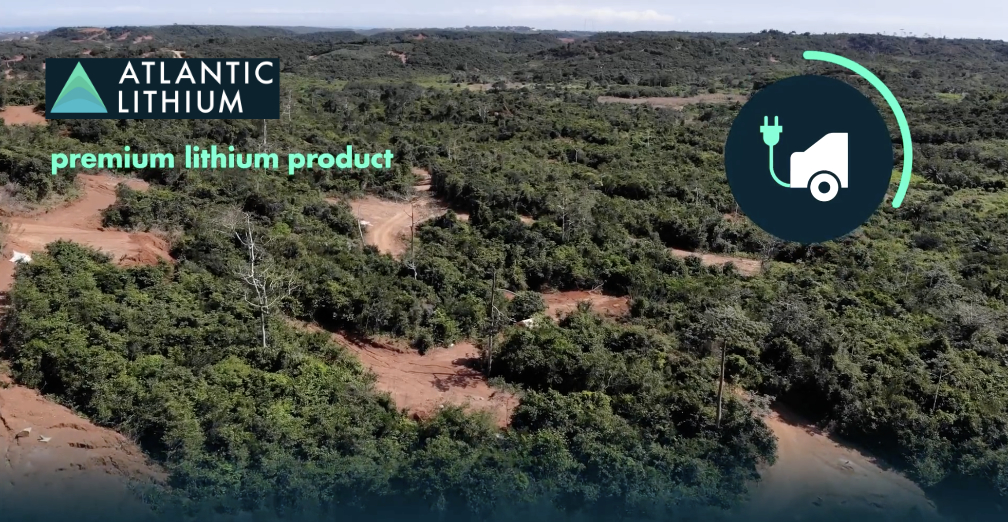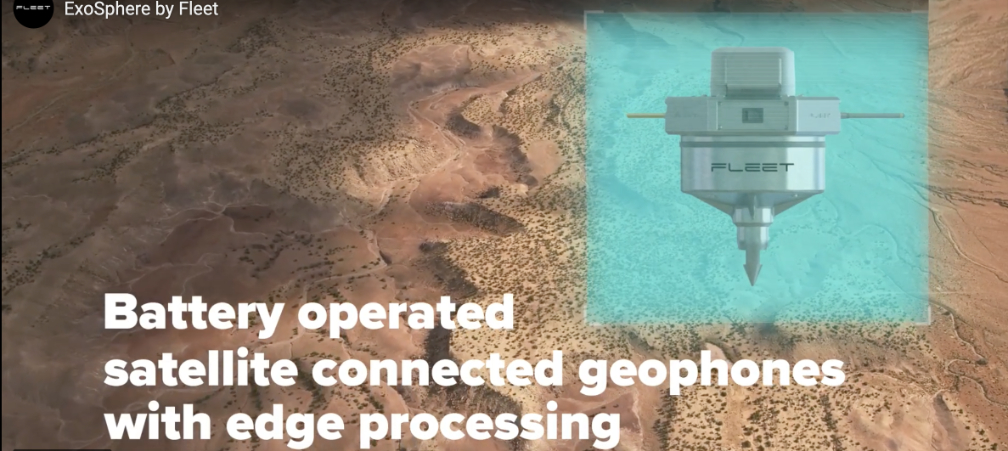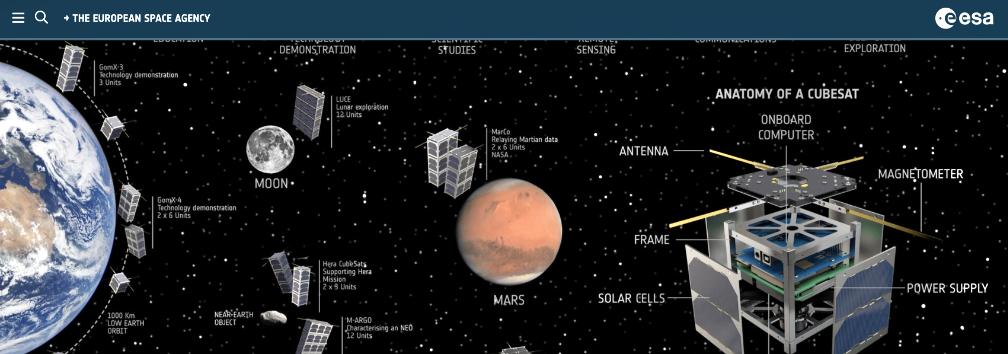
Fly Your Satellite! Design Booster is an educational program for university student teams that have a preliminary CubeSat design — ESA offers the students support and expert advice, guiding them through the stages necessary to develop an initial idea into a robust final plan.

A key milestone within this process is a Baseline Design Review, which helps flag issues and ultimately empowers students to make effective design choices.
The Baseline Design Review is tailored from the ESA standard review process to fit the scope of university student projects. Six teams incorporating more than 200 students have now reached this stage with meetings between students and ESA experts taking place between April 3 and 21, 2023:
- 6S Politecnico di Milano, Italy
- AlbaSat Università degli di Studi di Padova, Italy
- BIXO University of Vigo, Spain
- ROSPIN-SAT-1 Politehnica University of Bucharest, Romania
- SAGE ETH Zurich, Switzerland
- ST3LLAR-Sat1 Universidad Carlos III de Madrid, Spain
Ever since the official program kick-off last November, each participating team has been working hard on a key document called a CubeSat Project File. This contains a detailed description of the satellite, project management, and assembly, integration and verification (AIV) plans.
These CubeSat Project Files were sent to ESA experts and the Fly Your Satellite! team in advance, who studied them carefully to identify potential issues. Every point flagged is known as a Review Item Discrepancy (RID), and these form the foundation of the Baseline Design Review. During a series of online meetings, dubbed “colocations meetings,” ESA and Fly Your Satellite! experts are currently discussing RIDs with the teams, enhancing students‘ knowledge of the topics, and allowing them to interpret and implement solutions to their CubeSat design.
Upon completion of the Baseline Design Review, the students will be tasked with completing the actions identified in these RIDs. It is normal for there to be a long list and teams will have about one year to make enhancements, consolidate their detailed designs, and test prototypes.
The Final Design Review will then take place, which will conclude with the teams presenting their fully refined CubeSat mission design.
